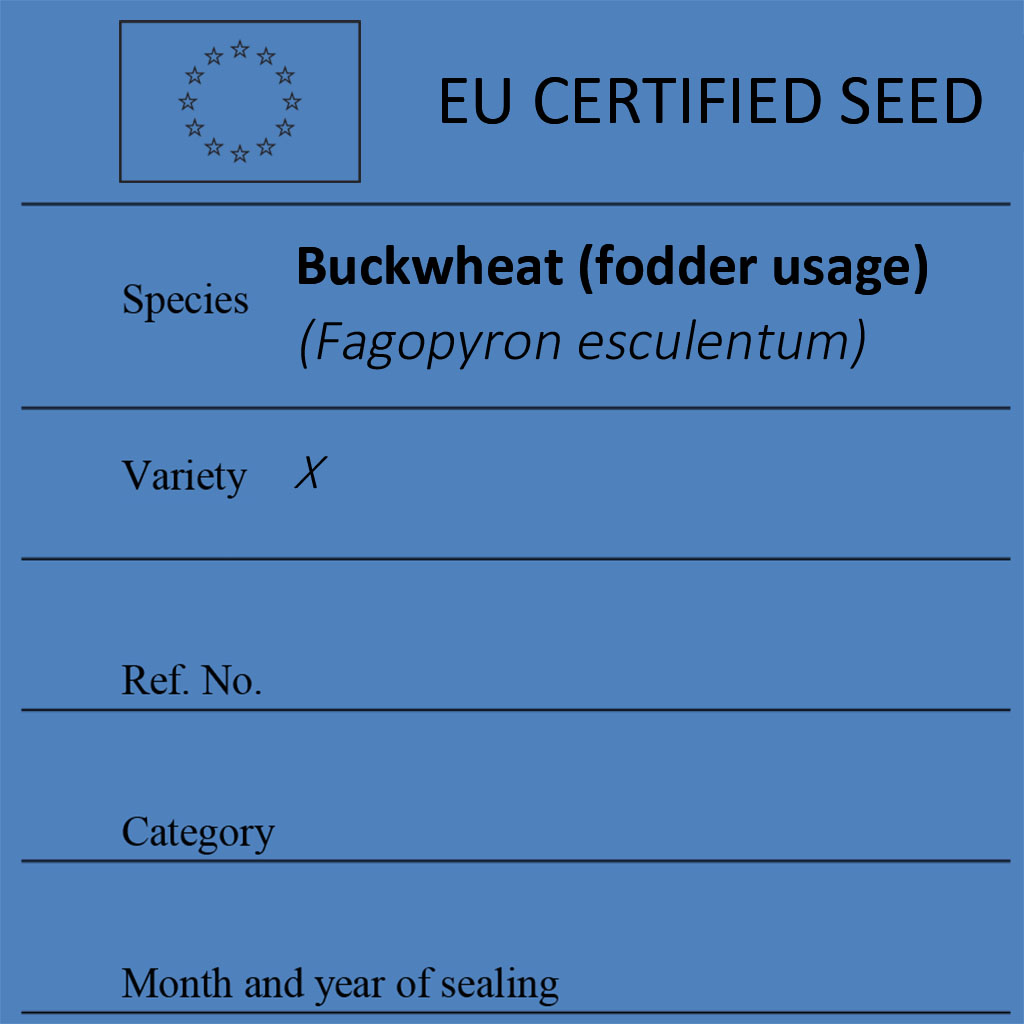Description
Buckwheat (fodder usage) – is an annual plant. It is used for food – grits (high nutritional value, gluten-free), and grain husks are used for natural stuffing for various cushions, etc. Buckwheat can be grown as an intermediate crop, feed cattle in green mass, make silage or hay. Also, when growing together with lupins, use as a green fertilizer. Buckwheat as a medicinal herb – buckwheat flowers, leaves and grains are used. Plants do not tolerate frost.
Use: for food, natural mulch, soil improvement as intermediate plants, fodder. Buckwheat as a medicinal herb – buckwheat flowers, leaves and grains are used.
Cultivation features: open, sunny places and lighter soils are suitable for growing buckwheat. It grows in acidic sandy loams, drained peatlands, poorly permeable soils. Does not like calcareous, wet soils. Buckwheat needs warmth at the beginning of vegetation and during flowering. It is sown after frost, when the soil warms up to 12 degrees. The duration of vegetation varies, buckwheat flowering and grain formation occur at the same time (from the end of June to mid-September), and if there is a very rainy autumn, it lasts even longer. Do not creep, and after oats, barley or millet, a poorer harvest is possible because their residues release inhibitors that inhibit the growth of buckwheat.






